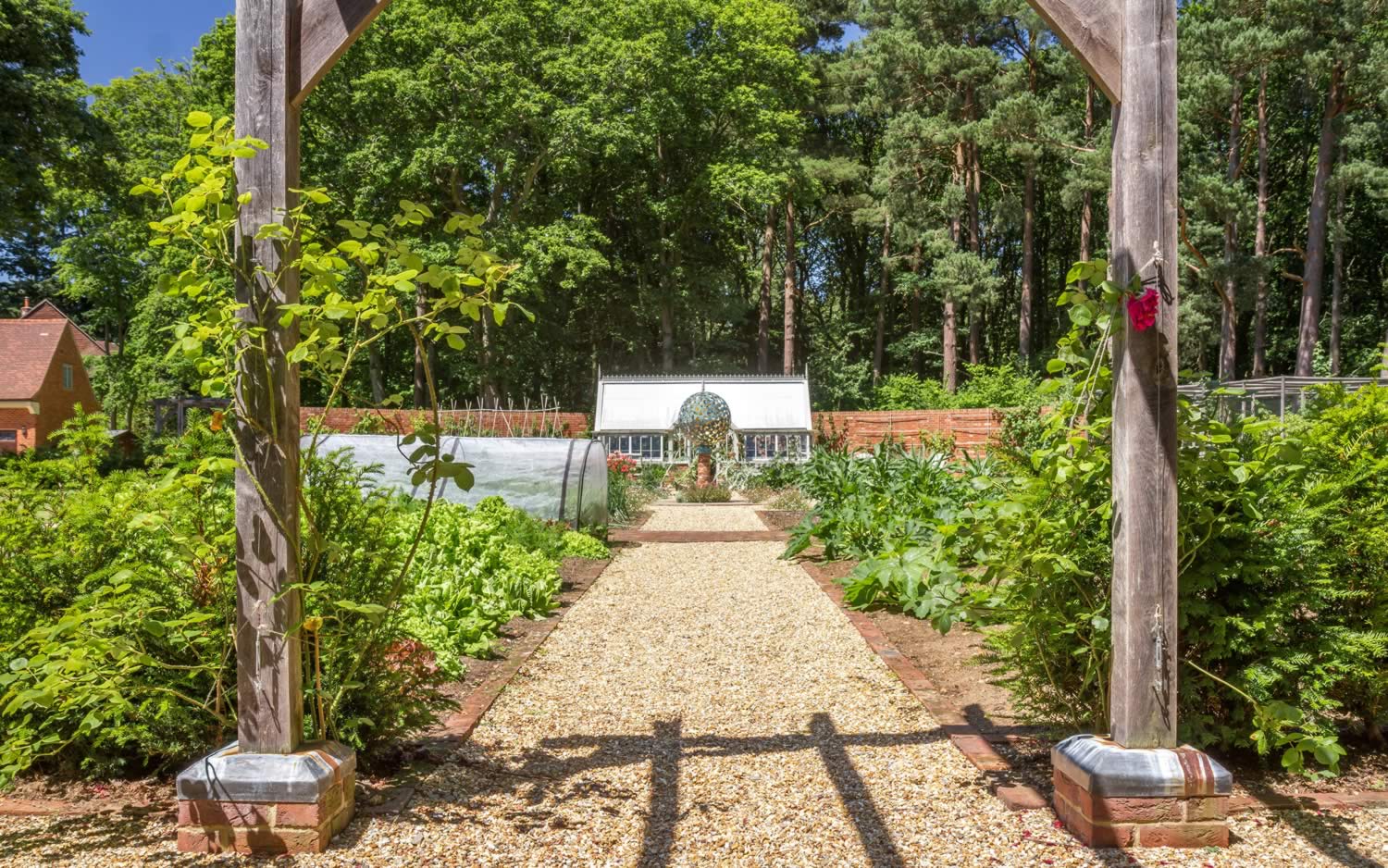Vegetable Growing
It’s time to get into your Spring planting rhythm as we’ve landed in April and now’s the time to get your hands on your beets and your beets in the earth. Whether that earth be in a container, the ground or inside a greenhouse, beets are very versatile, bulbous givers of oftentimes purple plenty and easy to grow.
Beta is the ancient Latin name for beetroot and the Romans were big users of this vegetable. Beetroot is one of several cultivated varieties known as Beta vulgaris and grown for their edible taproots and leaves. Beta vulgaris, definitely not to be confused with Beta Max which is a discontinued analog video cassette from the 1970s.
My earliest association of beetroot is one of childhood scolding at mealtimes for clumsy spillages; I’d stain the white linen tablecloth a fully Prince ‘Purple Rain’ Pantone dropping the vivid veg from my spoon. Despite this magenta-coloured shame stain lodged in my brain, beetroot still appears on the menu in this household and in lots of different ways. Roasted and cubed in a salad with feta, whipped into a tasty dip for crudités or popped into a smoothie. These beetroot blinis are a showstopper canapé for a special occasion supper.

Other cultivars of the same species include the sweet potato, the leafy vegetable known as chard and the curiously named Mangelwürzel which sounds like something wizards in Harry Potter would add to their spells in a cauldron. It’s actually a fodder crop and translates as ‘deficiency root’.
Whilst you’re making your Spring planting decisions for edibles, it’s worth noting that the ancient Roman diet featured many staples which are also familiar to our modern day palette.
Pliny the Elder made mention of more than 40 kinds of pear and fig and plenty of vegetables some of which are no longer present today. He wrote of 30 varieties of olive and, although the trees themselves can thrive in our British climate, coaxing the actual fruit from them is a significantly more challenging task.

Whilst the Romans did grow carrots, at that time, these were not the recognisably orange-coloured varieties like Chantenay, Nantes and Danver, carrots we’re all familiar crunching on today. Roman carrots were, in fact, all purple and the belief at the time was that they increased libido in both men and women alike. The Roman Emperor Caligula actually forced the entire Roman Senate to eat carrots to incite them to ‘rut like wild beasts’. Perhaps there’s a lost link here to the superstition that carrots also help us to see in the dark? One might perhaps aid the other?
Sweet Beet, aka sweet potatoes, are very suitable to grow in a greenhouse over the summer months along with tender crops such as aubergines, peppers, chillies and tomatoes. The fragrant scent within a warm greenhouse of lush vegetables ripening under glass is a very special smell.
Alitex are our neighbours here in Hampshire. Their HQ at Torberry Farm is nestled at the foot of the South Downs nearby and, presently, they’ve a feature listing on their website sharing the best 15 vegetables to grow in a greenhouse. Alitex have been pleasing gardeners with structures to serve all their propagation needs for more than half a century. At Graduate Landscapes, we regularly witness the quality workmanship of an Alitex greenhouse in some of the gardens we build, redesign and maintain for clients. If you’re interested in learning more about what a greenhouse could bring to your garden, Alitex have an Open Day May on 11th.
Sarah
